4 Best Practices to Control Your Expenses in Uncertain Times
By: Emily Nelson | November 16, 2021
ARTICLE — Controlling expenses makes sure your profit isn’t wholly eaten up by costs. But it’s not always an easy thing to do, especially as companies, along with their processes and their budgets, get more extensive and more complex. Fortunately, there are several best practices NetSuite users can follow to gain control of expenses. Here are four that will help you manage spend throughout the entire procure-to-pay cycle – so you don’t go over budget.
Best Practice #1: Use a Cloud-Based Tool to Create a Flexible Baseline Budget
Proper planning and budgeting are vital to smart business decision-making, especially for high-growth organizations. All too often, overworked finance teams struggle with time-consuming, inefficient manual processes. Planning for growth and controlling expenses is difficult if your numbers are based on an inaccurate or out-of-date budget.
Consider a solution like Oracle NetSuite Planning and Budgeting or Adaptive Insights. They allow organizations of all sizes to migrate away from disconnected, error-prone tools and spreadsheets to more mature business planning.
Look for a tool with the flexibility to plan and budget utilizing a variety of dimensions, including projects, departments, and fiscal years. In addition to generating a final budget, the tool should also let you model multiple budget versions based on different assumptions, like “most probable,” optimistic,” or “pessimistic.”
Best Practice #2: Manage Budgets to Your Organization’s Unique Needs
Budgeting is not a “one-size-fits-all” process. Establishing budget definitions allow you to manage budgets according to your organization’s unique needs. You might want to maintain operational (OpEx) budgets and define separate budgets for capital-intensive projects (CapEx). NetSuite’s SuiteGL Custom Segment capability allows for project spend management for both CapEx and OpEx budgets with support for multiple dimensions and even currencies. Budgets can also be set up for different timeframes, such as monthly or annual budgets. For example, software implementation projects often use inception-to-date budgets.
One of the essential parts of effective spend control and management is knowing when a potential expenditure puts you over budget in a dimension you have defined. This insight requires real-time budget checks that warn or stop users if transactions, like purchase requisitions or purchase orders, exceed the budget. Once “flagged,” the system automatically routes the transaction for individual approval.
Best Practice #3: Adjust Budgets as Conditions Change
No reasonable budget is set in stone. Organizations need the ability to adjust budgets and forecasts as business conditions change, and have those adjustments roll up to the parent budget. A workflow-based tool should allow you to:
- Adjust budget lines as needed, with full transparency to budget owners, and route changes through an approval workflow
- Roll unspent budget, along with open encumbrances, forward from period to period
- Increase available budgets to accommodate new funds like increased grant funding
- Make encumbrance accounting flexible by supporting partial encumbrance and pre-encumbered funds for later application
- Support purchase order consolidation so you can reduce the number of separate payments going to a single vendor.
Best Practice #4: Use a Dashboard-Based Solution that Makes Consistent Reporting Easy
This best practice is critical. Make sure everyone on your team uses the same tool for consistent monitoring and reporting on any activity that affects the organization’s budgets. Budget owners should be able to check remaining budgets against departments, locations, or any segment they choose. A solution with dashboard support tracks your budgets in real-time and provides visibility to see who’s spending what.
Your budget reporting tool should be easy to use, always accessible, and provide the ability to query and analyze spending without running to the IT department and suffering delays. Ideally, you can track your metrics on the same dashboard as other portlets, for example, comparing budgets to accounts payable data. Budget owners need a 360° view of their budget and visibility of their spend against it. They should see budget amounts for each line item, including pre-encumbrances (such as unapproved POs that have not been billed), actuals, and remaining calculated amounts.
Manage Budgets and Expenditures with PyanGo Advanced Budgetary Control
Get the tools you need for budget management, cash flow management, procurement governance, and more with PyanGo Advanced Budgetary Control. This native SuiteApp enables purchasing spend control and allows you to monitor and control spending down to the transactional level. PyanGo Advanced Budgetary Control makes commitment control easy. You can check actual expenditure and encumbrance transactions against your budgets, and also check expected future financial obligations against budgets.
Contact us to arrange a product demonstration.




